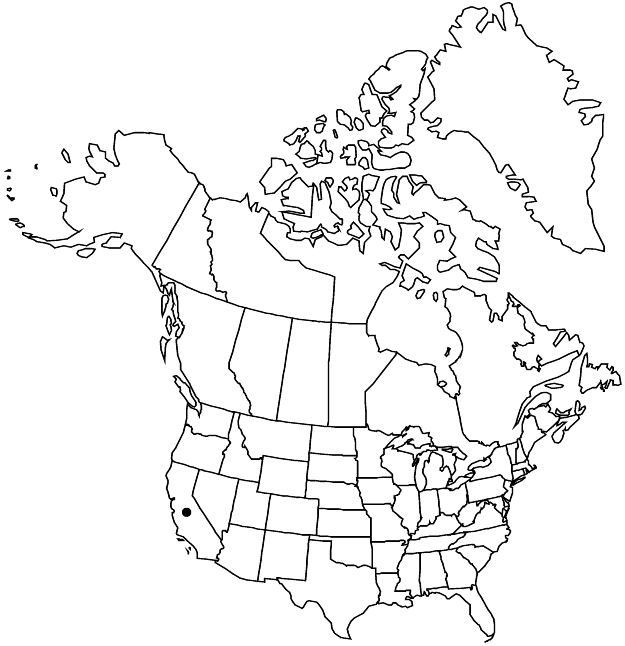Ceanothus oliganthus var. sorediatus
Leafl. W. Bot. 10: 349. 1966.
Stems: branchlets sometimes rigid and becoming weakly thorn-tipped, glabrous to sparsely puberulent. Leaf-blades elliptic or ovate, adaxial surface sparsely villosulous to glabrate. Flowers: sepals, petals, and nectary usually pale to deep blue, rarely white; nectary and ovary glabrous. Capsules glabrous, valves usually smooth, usually not crested, sometimes weakly crested. 2n = 24.
Phenology: Flowering Feb–Jun.
Habitat: Open slopes and ridges, chaparral, oak woodlands, mixed evergreen forests.
Elevation: 60–1300 m.
Discussion
Variety sorediatus occurs in the Coast Ranges of California from Humboldt County south to San Luis Obispo County, and in the Transverse and northern Peninsular ranges of southern California. Putative hybrids have been reported with Ceanothus integerrimus (Santa Lucia Mountains), C. leucodermis (San Gabriel Mountains), and C. thyrsiflorus (Santa Cruz Mountains).
Selected References
None.
Lower Taxa
"denticulate" is not a number."thin" is not a number.
